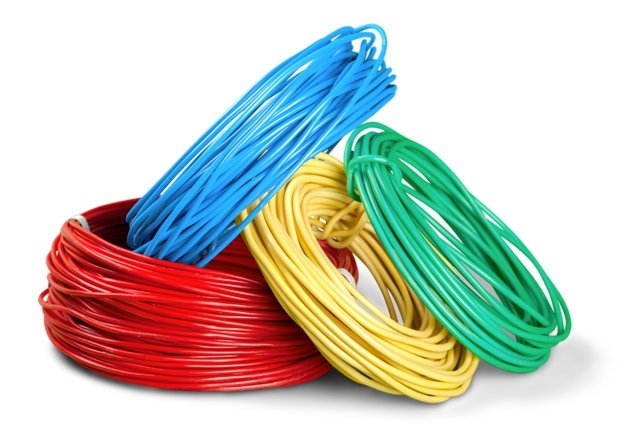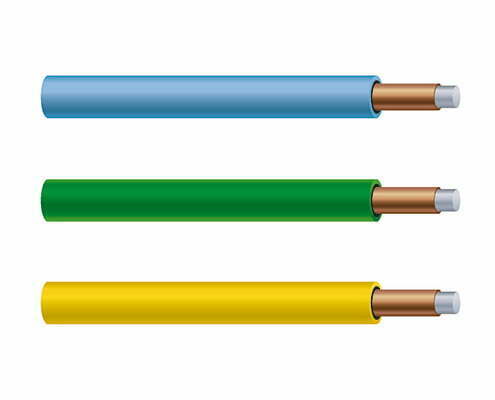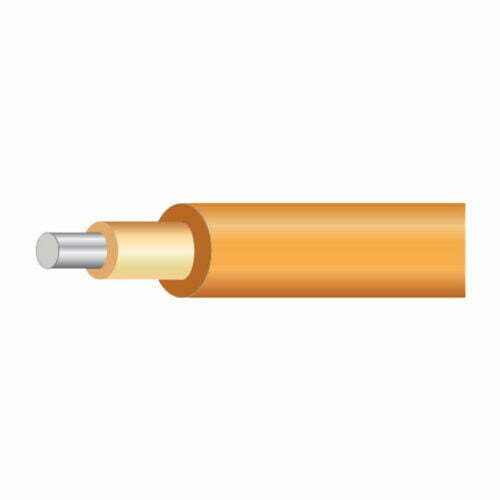Should we have a service life product to use as a tracer wire?
Electrical wiring is only a small part of the puzzle.
How to properly install and position the tracer wire is also very important.
Many cities are not strict enough about the tracer wire specifications.
For example, one government bid required:
“installation of 12-gauge solid copper wire with sheathing”.
Other than that, there were no other specific requirements.
Then the contractor buys the cheapest wire available, the sheath is usually THHN.
The nylon PVC coating on THHN typically lasts only about two years before it deteriorates and exposes the copper conductors inside.
After that, it will change back to its original state or turn to dirt. The location signal will no longer remain in the wire path.
Back in 2003, engineers and regulatory agencies wrote articles warning of the inappropriate use of THHN as a tracer.
In short, check the tracer wire you use to make sure it meets the specifications.
Stop using THHN tracer wires!


So, what factors should we consider for the specific specification of tracer wire?
1.Wire size or specification (AWG)
2.Sheath color
3.Sheath/coating type
4.Wire type – copper clad steel, copper, stainless steel
5.Correct connection
6.Position of wire on the pipe
7.Wires, test stations and termination methods of connections
8.Specifications for open trench/direct burial, burst pipe and directional drilling
9.Inspection and testing of new systems after completion
We will explain these 9 factors in detail in the next article.
If you have any questions about the tracer, please feel free to click the below button to contact us.

